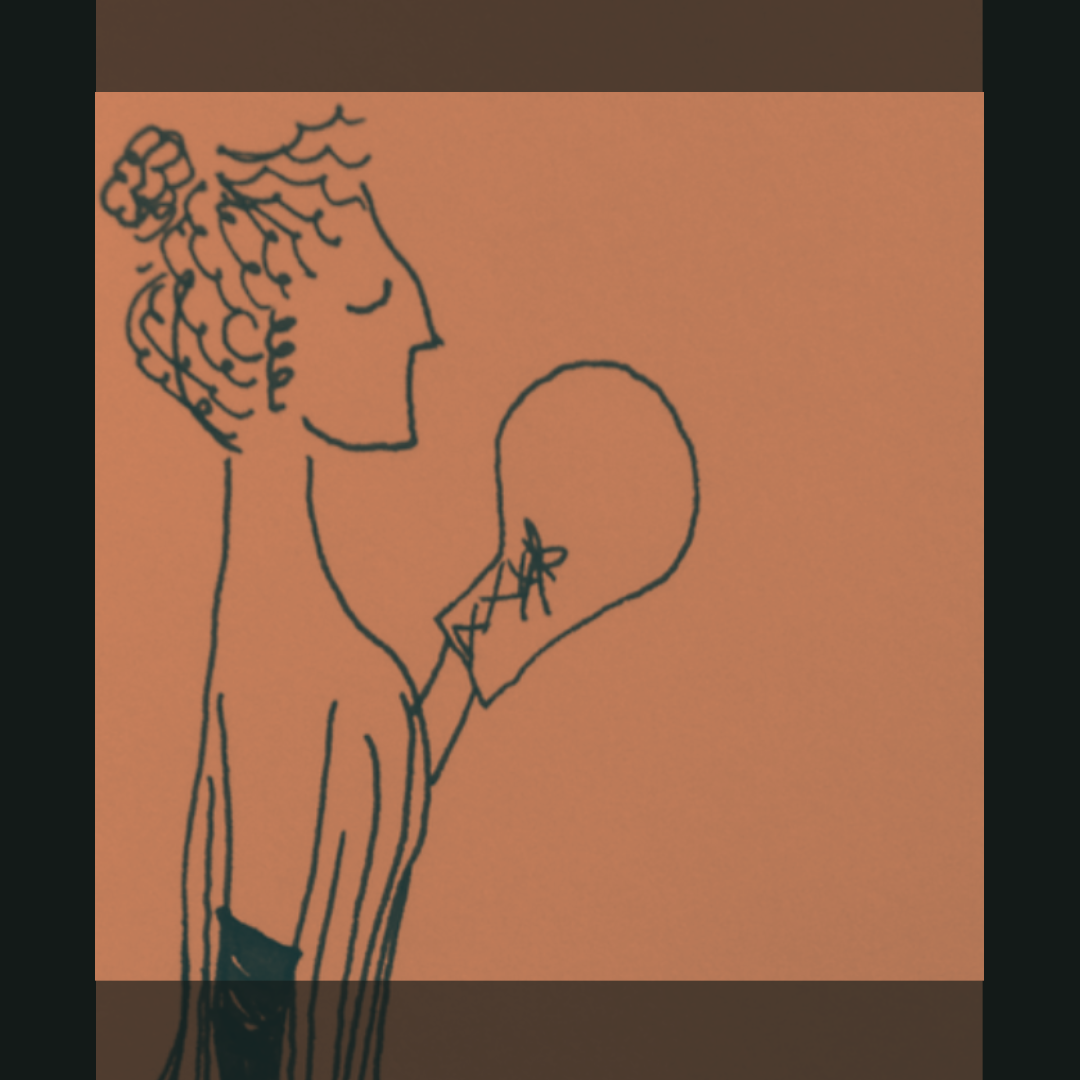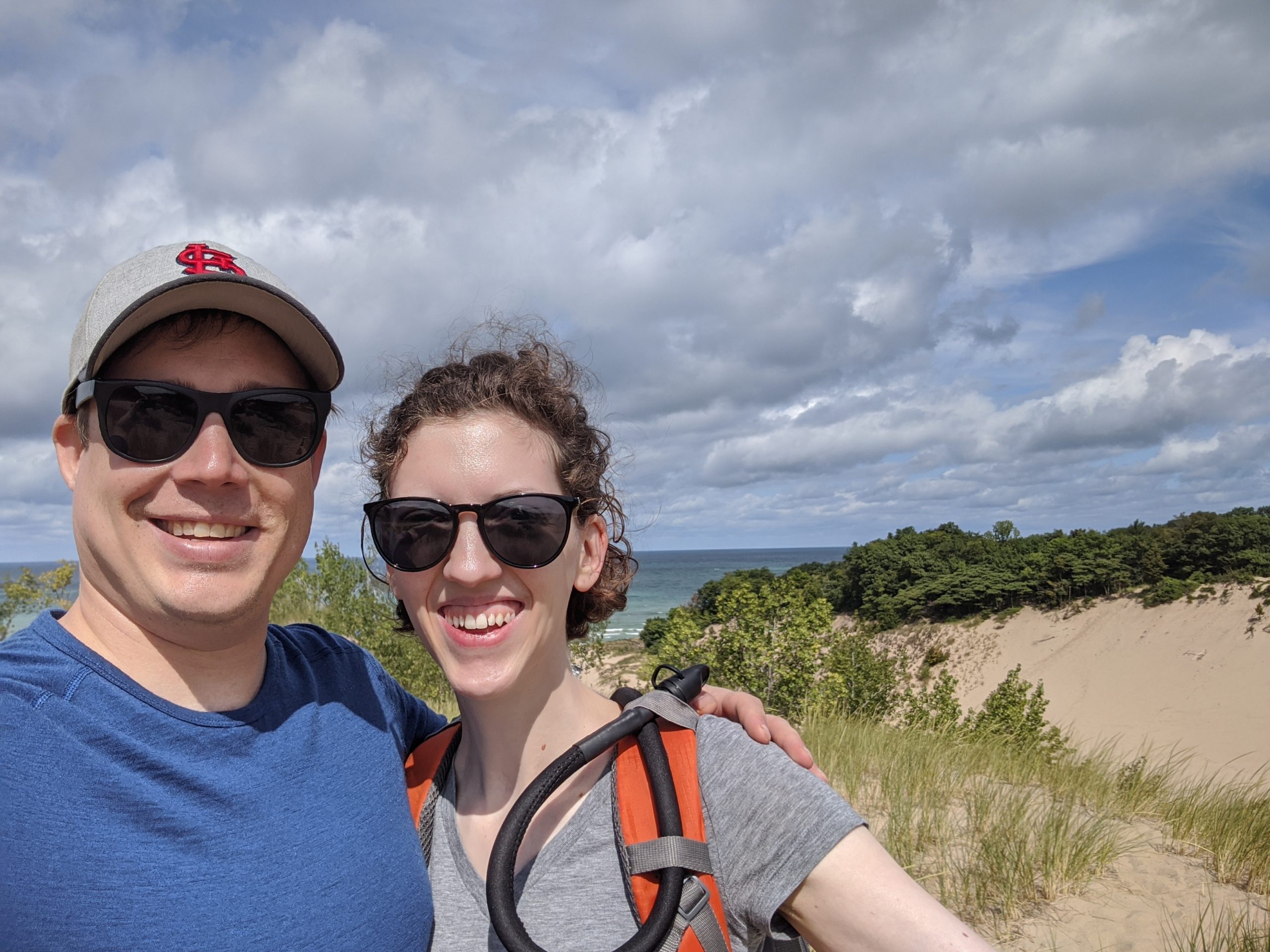
The Ancient Art of Missing People
We’ve all experienced the pain of missing someone who has died or moved away or grown in a direction separate from our own. It hurts. I don’t know anyone who wants that hurt.
And some people don’t want other people to hurt, either. It’s uncomfortable to watch a friend suffering from a loss in their family or circle. It’s hard to know what to say, it’s hard to know what not to say. It’s hard to know whether to say anything at all. And it’s hard to know when to say it; timing feels important in these events.
But far more important than the timing is the simple fact that something was said. That anything was said. The words themselves certainly carry meaning, but a deeper meaning is conveyed by the sharing of the words.
Timing has a different role in grieving. In other times and cultures than the one I grew up in, generalized norms were established regarding clothing and other outward indications of loss. People wouldn’t dance for a given period of time, for example, or wear bright colors.
Signs of solemnity were prescribed. But when that time was over, the bans lifted, and so should the spirits of the griever. And we still imply that in our conversations, don’t we?
When a person was still crying three months after a breakup, or when a widower hadn’t remarried after 20 years, what have we said? “They haven’t moved on.” Or maybe we what we actually said was, “They need to move on.”
Any of this sound familiar?:
Think of the good times.
You have such a great future ahead of you.
It’s good to miss people you love, but this level of sadness is not what they would want for you.
In short, Time’s up: buck up.
With the mourning gloves on, people expect and even welcome signs of emotion—they are in the griever’s corner, ready to support them in the ancient art of self defense. But when those gloves come off, it’s bare knuckles in the toe-to-toe fight against grief, and those erstwhile supporters feel an urge to circle around and speculate about the outcome—but objectively, of course, because it is really time for the griever to move on and let the past be the past.
But the shock of grief takes time to sink in. There is no expiration date on loss; that timeline is open-ended. So who is qualified to say how long a griever should feel grief? The time to grieve is when one feels grief.
There is no such thing as growing past the human need for connection. There should be no suggestion that healing would mean missing a loved one less. But that is often the message that is internalized, when the griever is shut off from the compassion of their peers. So, what carries people through their experience with grief? How do they bear it?
Oddly, grief itself seems to have a helping role: it points out our human needs during times of disorientation due to the changes in our reality. By intensifying the emotional aspect of navigating these changes, grief urges us to slow the pace, to reflect on our new situation, to give bandwidth to our human needs, and to heal—over an unspecified space of time, true, but yes: healing is real and achievable.
Everything can seem different to the griever. The usual spaces are filled in a different way—with a cold gap in the scene, no matter how much is added in the attempt to compensate.
Everything can seem wrong. A shiny day can seem offensive, and a rainy one can be insulting. Why are those people happy—someone wonderful has left the world. Or in the case of a lost relationship, Something wonderful has disappeared…but it failed to disappear “without a trace”.
Any task can remind the bereaved person of something wonderful about their loved one. And that same memory can affect their grief in very different ways. My mom calls these emotion-laden memories Easter Eggs and Hand Grenades. The same memory can either delight or, well, blow up into a mess of confusing emotions. And there is no way to anticipate these events nor how they will affect the griever on any given day.
It’s unnerving to be continually under the control of one’s own loss in these (and other) ways. The surprising evidences of continued grief can actually lead the griever to second-guess their own tenacity and even to wonder how intelligent they are. Would a smart person hurt this badly over a loss?
The answer is that No one knows what they would feel until they are feeling it. We would like to “intelligently” weigh data and make objective choices for our future behavior. But pain is pain, and no one escapes it entirely. Everyone will have some share of it, and plenty of that pain will be unexpected in both its advent and its force.
But there is no need to escape it. And there is no need to judge it.
Grief is common, but the grievers are distinct. History demonstrates both of those facts.
There are people who help other people learn about grief, including how to let grief help them. And the first step to finding one of these helpers may be as simple as asking a friend if they know of any good therapists. Some primary care doctors even have connections with programs that provide free help. There are many, many available options.
Many people do want to help, and some people know how to help. And those that don’t know how can probably learn the rudiments. And so, we can hope that, in this effort we call society, our shared experiences will eventually teach us the nature of grief, the reality of individualized experience, and the unavoidability of human needs. And maybe these lessons from grief will call up our compassion and our patience—for self as well as for others.


